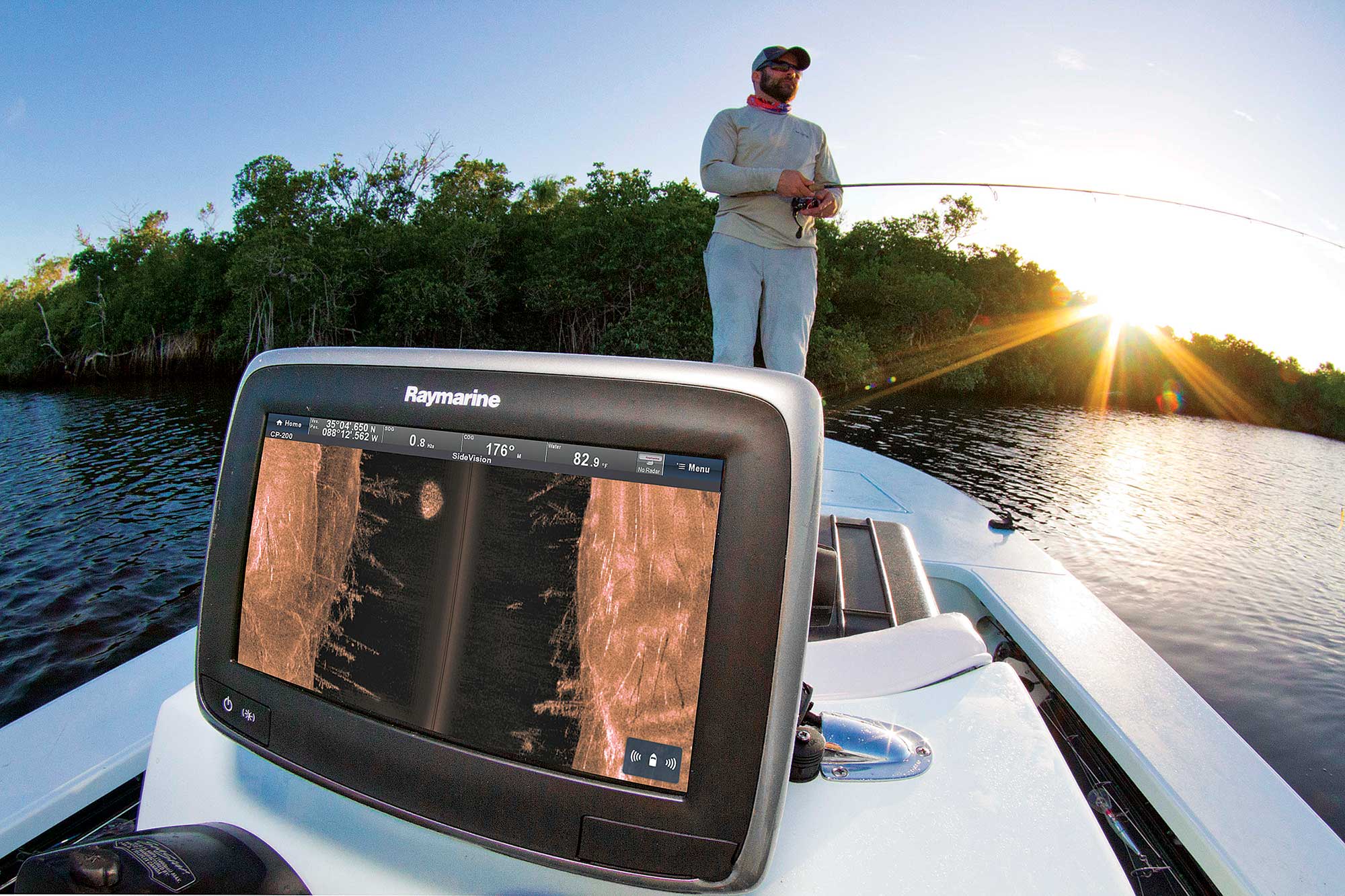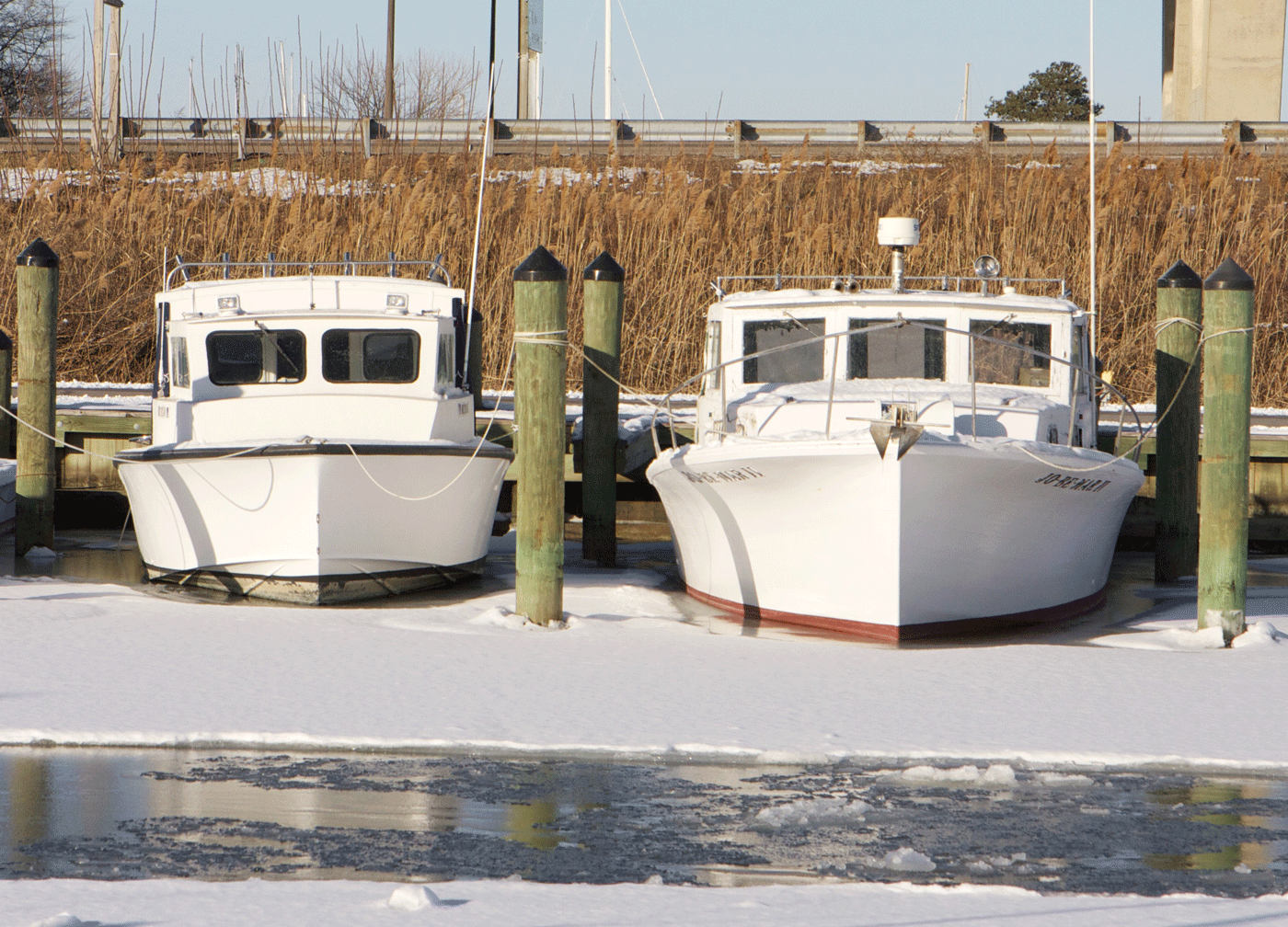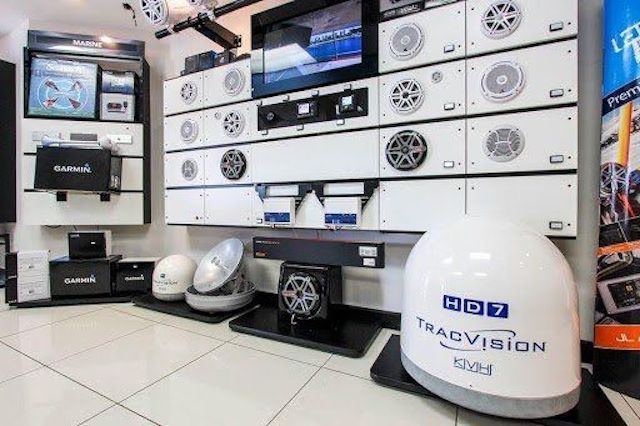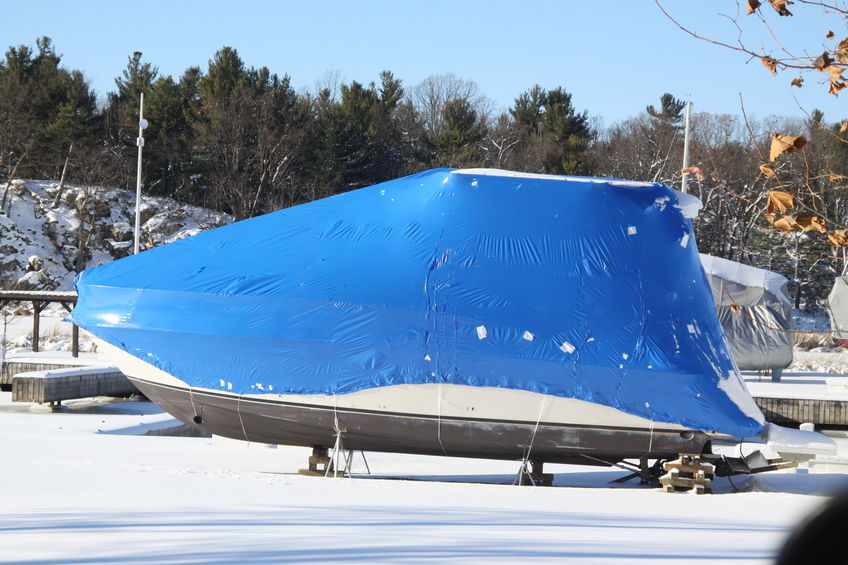Winterizing Your Electronics

An often-overlooked task when preparing a boat for winter storage is care for the electronics. Even with the simplest of electronic suites, the fall shutdown provides an opportunity to give components a good going-over and make deferred repairs.
Look at the bright side of the chore: all the work you do to prepare your boat for winter storage is the first step toward getting it on the water in the spring.
Here are some tips to get you started:

#1 Backup
First on the list of things to do is back up all data stored in the electronics’ internal memories. Make sure to back up waypoints from your GPS and chartplotter display. In the event of anything happening to your plotter, at least you’ll have your waypoints and route data for the next season.
It only takes a few minutes for this insurance policy. Granted, it would take a drastic event to eliminate waypoints during storage, but if the worst case did occur, rebuilding a waypoint library could be a huge undertaking, if it were even possible.

#2 Secure & Maintain
The second task is to secure gear on-board. If there is any likelihood of things disappearing over the winter, remove them from the boat. The radio, depth sounder, remote controls, wireless keyboards, anything that is not bolted down should be taken home and stored.
If any of the components are unplugged and removed from the boat, give the connections some attention by applying a little dielectric grease to the ends of the cable connectors to keep contacts corrosion free. Put a little dab on a Q-tip and smooth it into the holes in the power and data cables on the backs of the units, covering anything exposed to the air.

Even when components are not being removed, inspect the connector and place a light coating of dielectric grease on the pins. Smear it on and put them back together. Whenever you have electronics in an enclosure, like on a centre console or bridge, pay extra attention.
Especially look at metal connectors, like on VHF radios, which are subject to corrosion. If you keep a light film of grease on them, it makes it easier to disconnect them when you need to.
If you are not removing components from the boat, leave them plugged in. Then you don’t have to figure out where everything goes in the spring.
#3 Protect
Once it’s determined what is staying aboard, clean the screens and install any covers and protective materials. Snap sun covers over the displays. These protect the screens from impact, rain and snow, and keep UV rays from fading the trim and attacking the chemicals in the LCD display.

#4 Wrap
One of the best ways to lay-up a boat on the hard for the winter is by using shrink-wrapping. If this is the course you’ve chosen, be cautious of damage that could happen to antennas and weather stations if not careful.
Advise the wrapper to beware of the radar antenna. The shrink-wrap under tension can bend an open array, and it can also crack a radome. Put a wooden frame over the radar to keep the shrink-wrap off of it.
#5 Power Down, Inspect & Record
Finally, switch off the power, turn off all breakers and make a thorough sweep of the boat, removing all disposable batteries. Wireless remotes for an autopilot and wireless keyboards will have batteries or a battery pack. Pull out those batteries so they don’t freeze or leak acid.
This is a good time not only to prepare for winter storage, but also for a few general maintenance inspections.

Inspect the condition of transducers, check for fouled speed impellers and lubricate O-rings. Open the radome or the open-array gearbox and examine for loose connections, corrosion or broken wires. Do a general close visual inspection on everything before the boat is stored.
Along with the general visual inspection, now is the time to inventory all on-board electronics. I suggest recording all model and serial numbers of the electronics incase of theft. You will need these for police reports and insurance claims, and they also help if you need to contact technical support during the off-season.
Weather proofing your boat’s electronics is a simple process that will ensure a smoother start next spring.